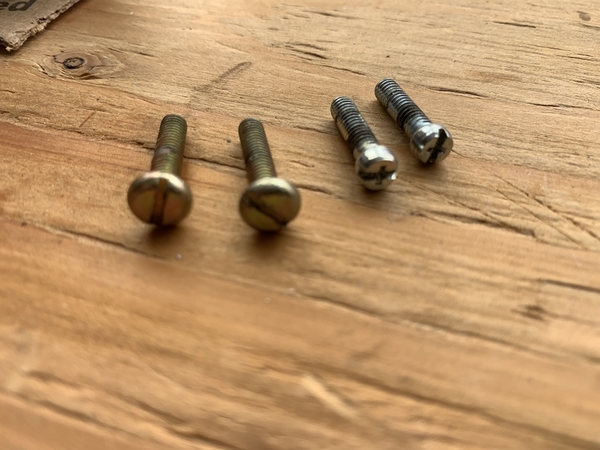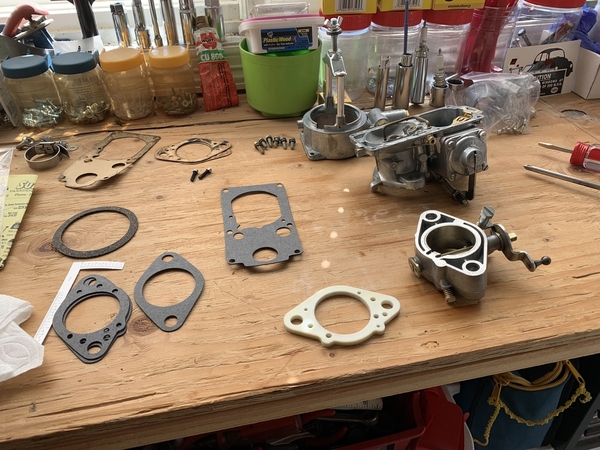Hi everybody - I have what I suspect is a recurring 'boiling fuel' issue with my VS car. I live southwest of Denver, CO at about 6500' elevation. I have a stock 1915cc, dual Kadron setup, with a stock mechanical fuel pump. The only modifications have been to 'seal' up the engine bay with additional tin beyond what VS Arizona did with the original build (this was done by local pro flat-four guys). I have been using the highest octane fuel conveniently and readily available, but in this part of the country (probably like almost everywhere, these days) oxygenated fuel is a staple. For what it's worth, I'm running Motul 20W-50, and the car has about 1100 miles on it.
My issue is this: I drive the car for 30 to 40 minutes or so and the car runs perfectly. Then, I stop for a coffee or a breakfast (anywhere from 15 to 45 minute break) with ambient temperatures now climbing into the low to mid 80's. Climb back into the car, and although it starts right up and idles fine, it basically runs like crap from there on out: loss of power under load or acceleration, sputters and putters. Sometimes pulling over for a minute and letting it idle helps, but not always. During the initial months of ownership and driving I almost exclusively went on local drives without stopping (and therefore, no opportunity for heat sink, at least in the same manner) - just doing a 30 min, or 40 min, or hour long drive and then parking it back in my garage. Consequently, I hadn't noticed or encountered this issue.
I suspected some sort of vapor lock or fuel pump push-rod issue (the rod binding after the heat soak, perhaps). I did get a gauge on the fuel pump output which indicated an output pressure of slightly over 4 psi at all rpm's- high, but tolerable for Kadron's, I'm told. My fuel lines are rubber with a cloth braiding, but not resting directly on anything other than where they are routed carb to carb forward of, and around the top of, the fan shroud. I did also pull the fuel pump, and the pump base is properly packed with grease and the push rod seems to ride freely within the spacer.
It is my understanding that oxygenated fuels have a lower boiling point than does 'real' gas, and I'm sure that this is exacerbated at higher elevations. I do have a station not too far away that sells non oxygenated fuel. Would this help? Should I change or otherwise 'insulate' my fuel lines in the engine bay? Help!
Thanks in advance!
- Brent





